Identifying graves without headstones where possibleCemetery Camp Road Broadmeadows


Please Note: The Preston Historical Society no longer operates. The resources are now held by Darebin Libraries. Contact 1300 655 355
The Preston Historical Society was established in 1965 and held local history, object and photographic collections.
The Coburg Historical Society is a non-profit community-based organisation dedicated to researching and preserving the history and historic buildings of Coburg.

Plenty Historical Society Inc was formed in February 2001 and comprises a group of people keen to create and nurture an active and sustainable organisation that is assertive in preserving the unique natural and historical environment and culture of Plenty and district in complement with Nillumbik Shire Council’s Heritage Overlay.
Image: Former Plenty Uniting (Methodist) Church building which has recently been relocated to the Plenty Heritage Park, Memorial Drive, Plenty, by the Major Roads Projects Authority (MRPA), a section of VicRoads, as a result of the need to move it from its former site because of major roadworks being undertaken. MRPA acquired the building from the Uniting Church when they acquired the land for road construction. MRPA is donating the building to the Plenty Historical Society Inc. once renovations and significant other works are completed. The building will then become the new home of the Plenty Historical Society inc. It will be some time before the Society gains access to the building, but we are most grateful that firstly our efforts to save the building from possible demolition and have it relocated to the Heritage Park and eventually acquire the church building have been worthwhile.
The church building has been assessed as historical significant on a local level, for its long association with religious community gatherings and activities in the Plenty farming area. It should be seen as a locally significant representative of the Methodist revival of the 1920s, in which rural home missionaries played an important and distinctive role in sustaining local religious communities. Methodism was a Christian sect originating in England from the teachings of Wesley, born out of concern in the 19th century that the established church ‘had little or no desire for the salvation of the masses’ (Benson 1935:8) As a form of ‘social Christianity”\’, it emphasised missionary work among the poor, workers, and remote communities. It was a powerful force in educating the working class and evangelising its moral code. Travelling preachers and lay helpers drawn from its own ranks thus quickly multiplied and chapels were erected in centres of population predominantly using funds raised from its congregations, The Home Mission, established in 1875 to spread Methodism throughout the remote communities of the British Empire, trained and deployed ‘home missionaries’ who were the ‘shock-troops’ of the church. Their activity made Methodism, despite its relative youth, a strong presence in the colonies and the dominions, and Methodists regularly ranked among the main religious groups in new Victorian settler Communities
The former chapel is locally significant as one of a small number of buildings representing the establishment of the township of Plenty in the 1920s based around its small farming community. Plenty district developed following the arrival of the railway, even though the railway was some distance away. It developed as a community of small farmers. Plenty was then a developing orchard and farming district. Its school opened in 1922, with 29 pupils. The post office opened in 1923. The 1920s, when the church was built was thus an important period of growth in the history of Plenty.
Methodist services were first held at Plenty in 1925, under the auspices of the Diamond Creek Methodist Home Mission Station, which had six churches throughout the Diamond Valley. Other Churches were at Diamond Creek, Arthurs Creek, Cottles Bridge, Hurstbridge and Wattle Glen. In 1925, the Victorian Methodist Church encouraged the building of new country churches by offering £50 to communities who could raise £100. The Methodists of Plenty took advantage of the offer, and their wooden chapel was opened in December 1925. Within five years of opening the church was debt free. (Source: “Independent Panel Hearing Statement of Evidence on Former Methodist Church” January 2012)

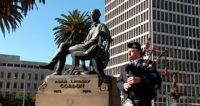
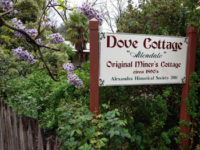
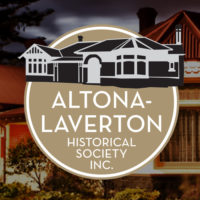




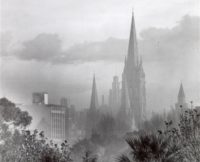
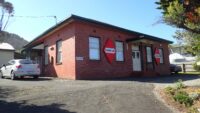
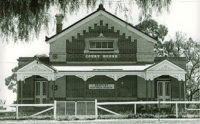

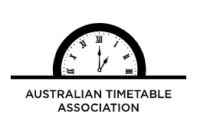






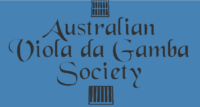

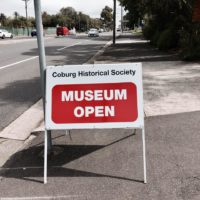
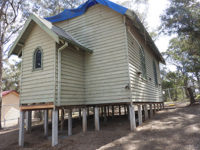
 239 A'Beckett Street Melbourne, Victoria, 3000
239 A'Beckett Street Melbourne, Victoria, 3000  03 9326 9288
03 9326 9288  office@historyvictoria.org.au
office@historyvictoria.org.au  Office & Library: Weekdays 9am-5pm
Office & Library: Weekdays 9am-5pm

